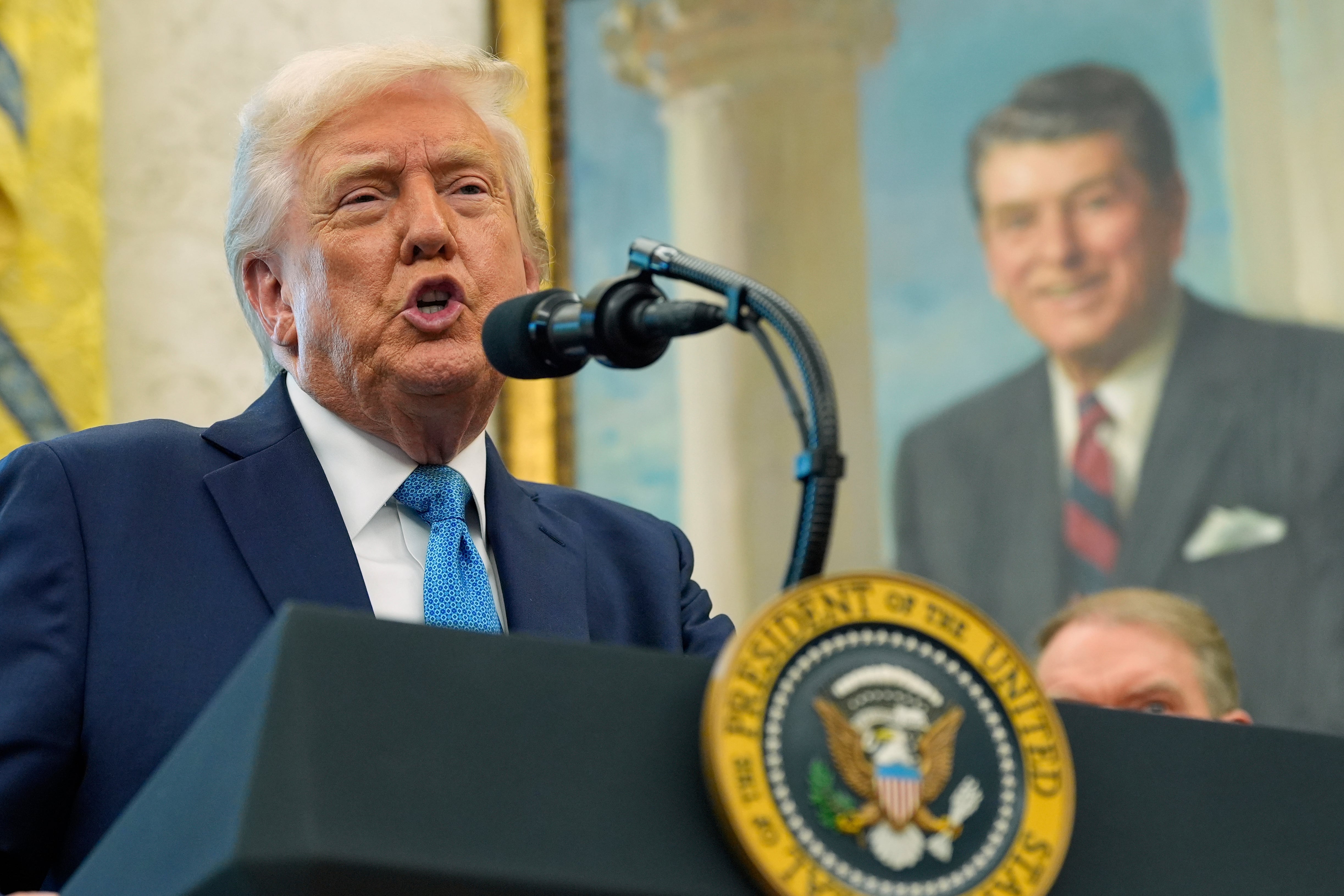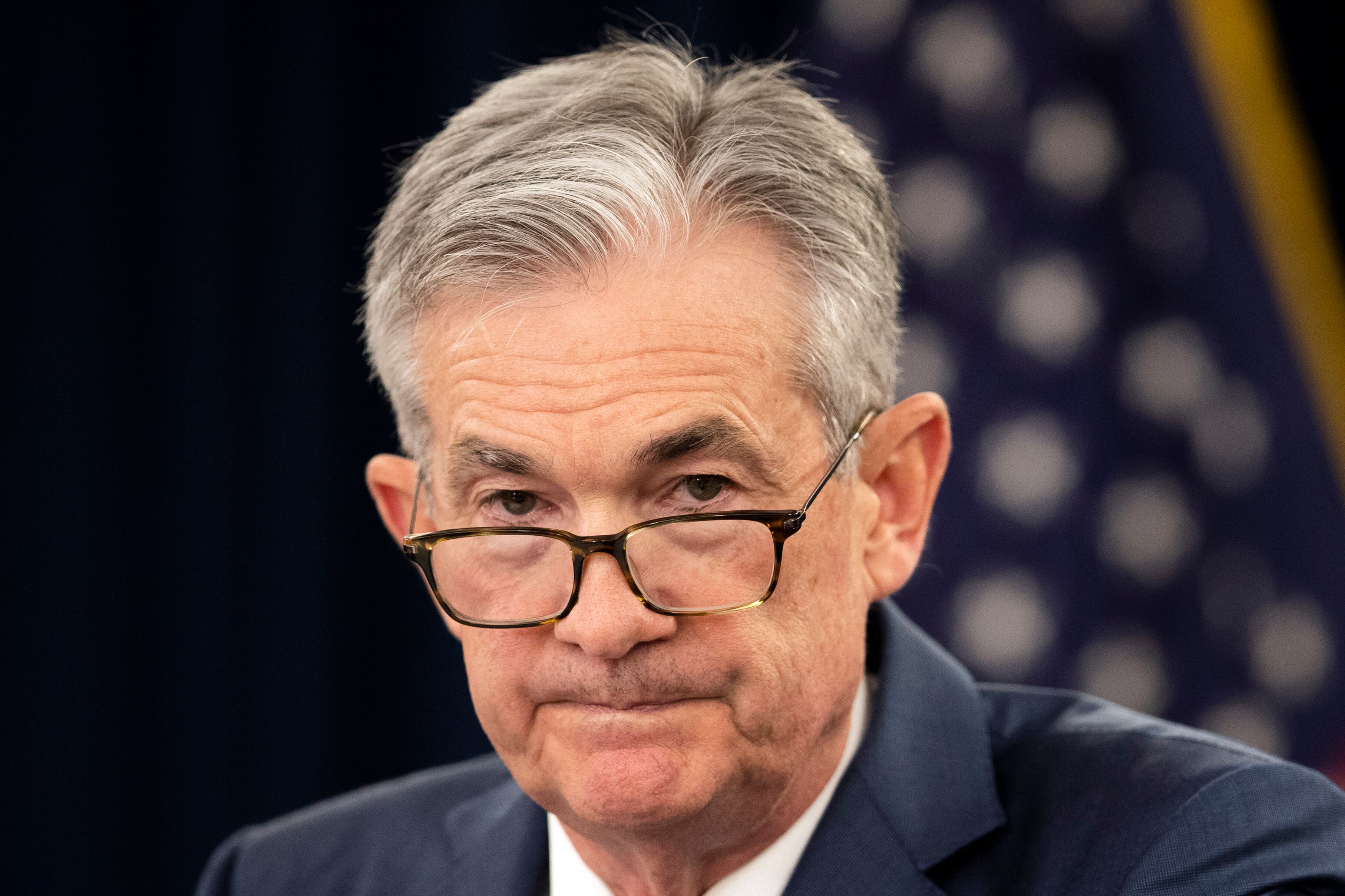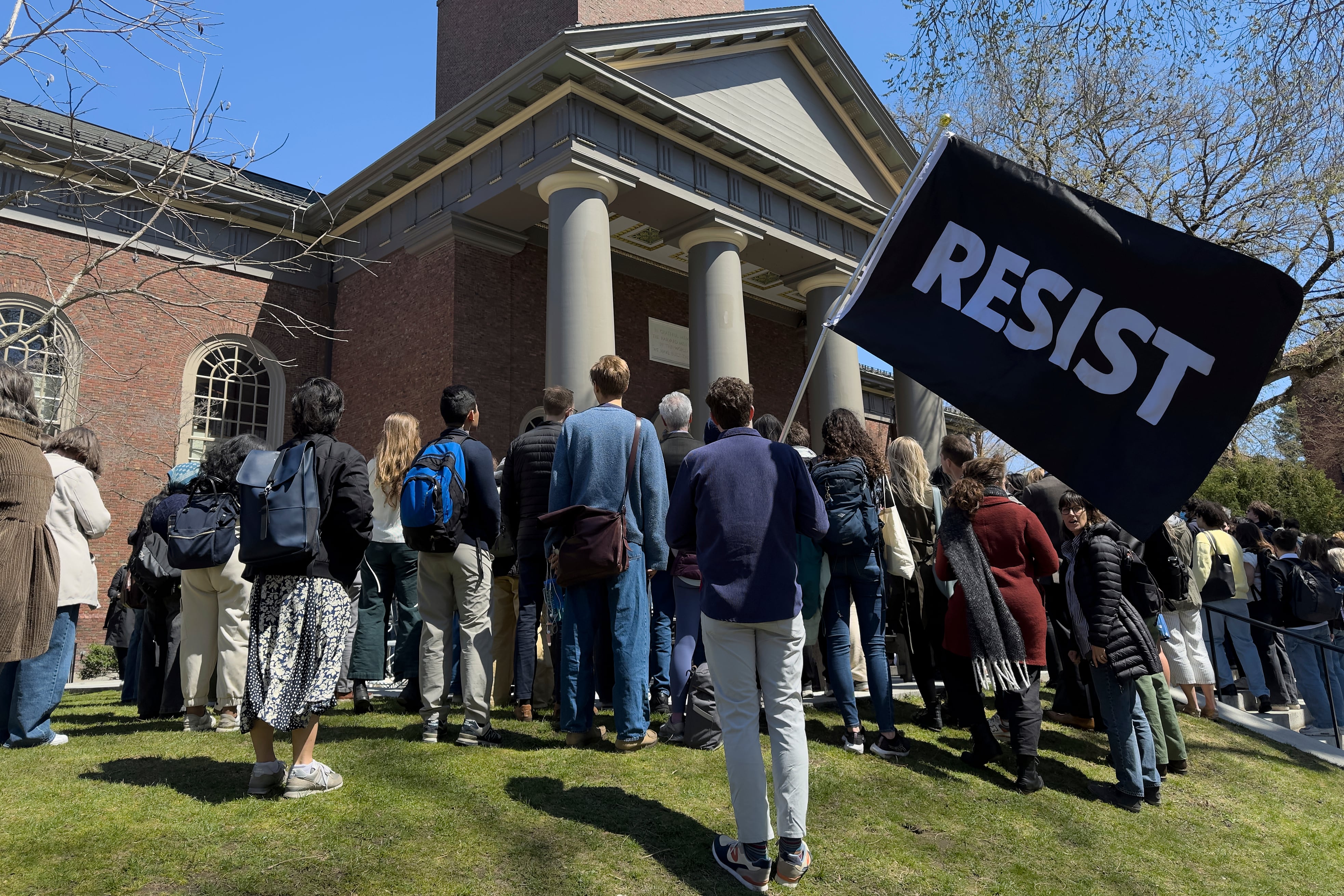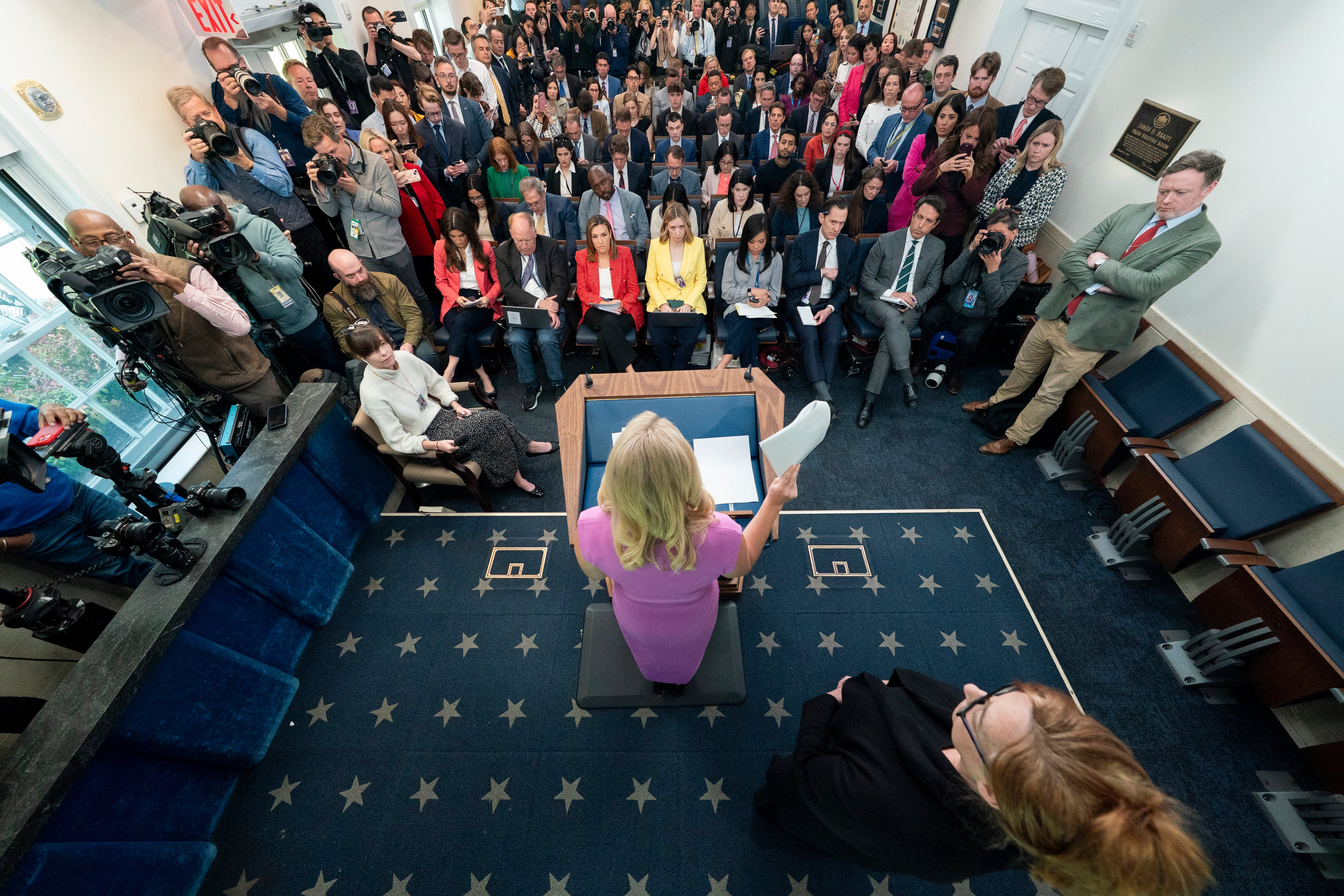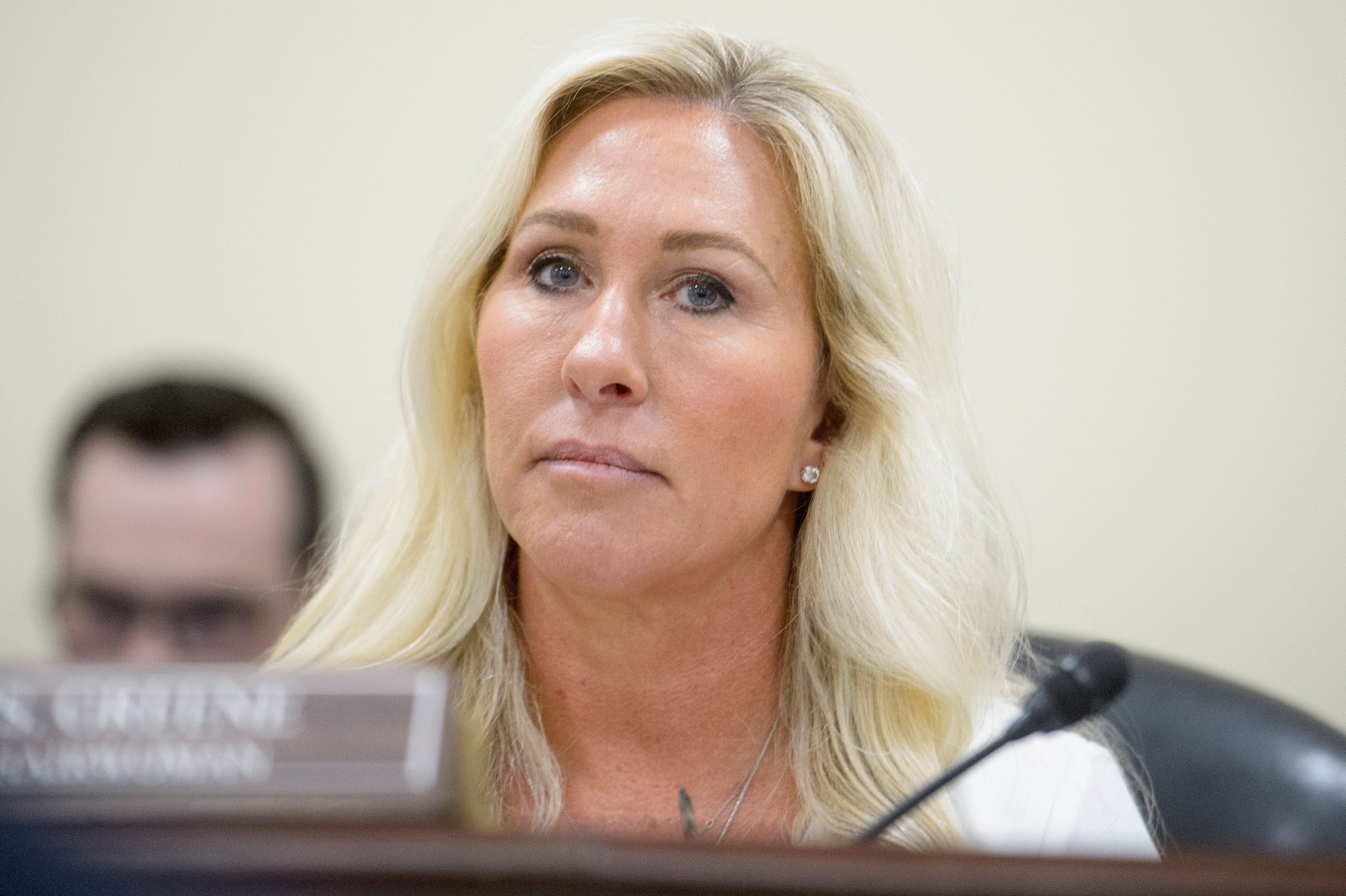President Joe Biden's plan to wipe thousands of dollars in student loan debt for millions of Americans will be at stake as the Supreme Court is set to hear arguments on Tuesday.
In August, the White House mapped out a roadmap to eliminate some debt for a swath of middle- and low-income Americans. Potentially, people making under $125,000 annually could have their student loans reduced by $10,000. Those who have received Pell Grant funds could have a total of $20,000 wiped off of their balance.
A national student loan repayment freeze had been enacted after President Donald Trump declared a national emergency at the start of the COVID-19 pandemic in March 2020. The freeze was then extended by Trump and Biden under the Higher Education Relief Opportunities for Students Act several times since.
An estimated 43 million Americans would benefit from the forgiveness plan if the court sides with the Biden administration. At least 26 million debt holders have already applied, with 16 million of them approved.
If the case is decided against the relief plan, borrowers would have 60 days after the decision to begin making payments — many of whom would be paying for the first time in three years. At the latest, payments could resume in August if a decision has not been reached by June 30.
Why not tax the millionaires? That question won't seem to go away as Congress begins drafting a package of tax breaks and spending cuts for President Donald Trump’s “big, beautiful bill."
X, the social media platform owned by Trump adviser Elon Musk, is challenging the constitutionality of a Minnesota ban on using deepfakes to influence elections and harm candidates.
Elon Musk intends to focus more on his job as Tesla CEO, but it’s unclear if the billionaire will be able to solve a big problem of his own making.
President Donald Trump said Tuesday he has no plans to fire Federal Reserve Chair Jerome Powell, just days after saying he would like to fire him.
Starting next month, the Education Department says student loans that are in default will be referred for collections.
President Donald Trump repeated his attacks Monday against the chair of the Federal Reserve, demanding that the central bank lower its key interest rate.
For years, President Donald Trump has complained that colleges and universities are “indoctrinating” their students with “radical left” ideas.
President Donald Trump’s attempt to fire nearly everyone at the Consumer Financial Protection Bureau has been paused by a federal judge.
A federal judge who ordered the Trump administration to stop blocking The Associated Press’ from presidential events refused Friday to take more steps
Marjorie Taylor Greene bought some high profile stocks last week as other investors were bailing out of the market.



